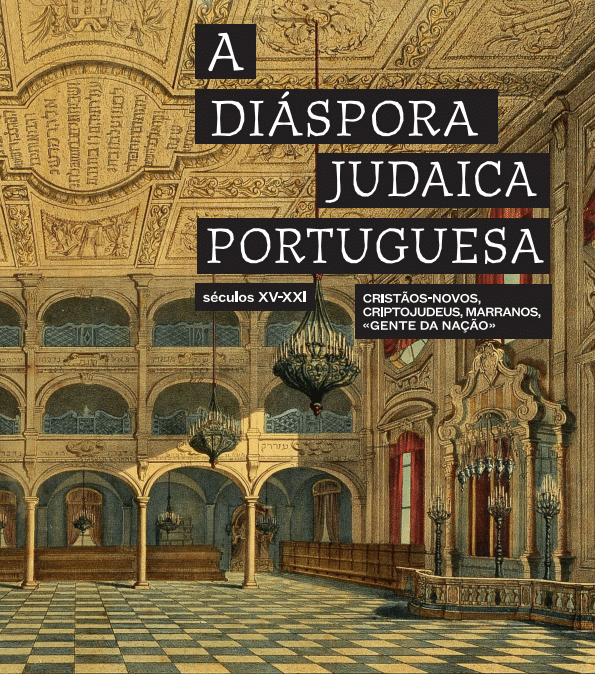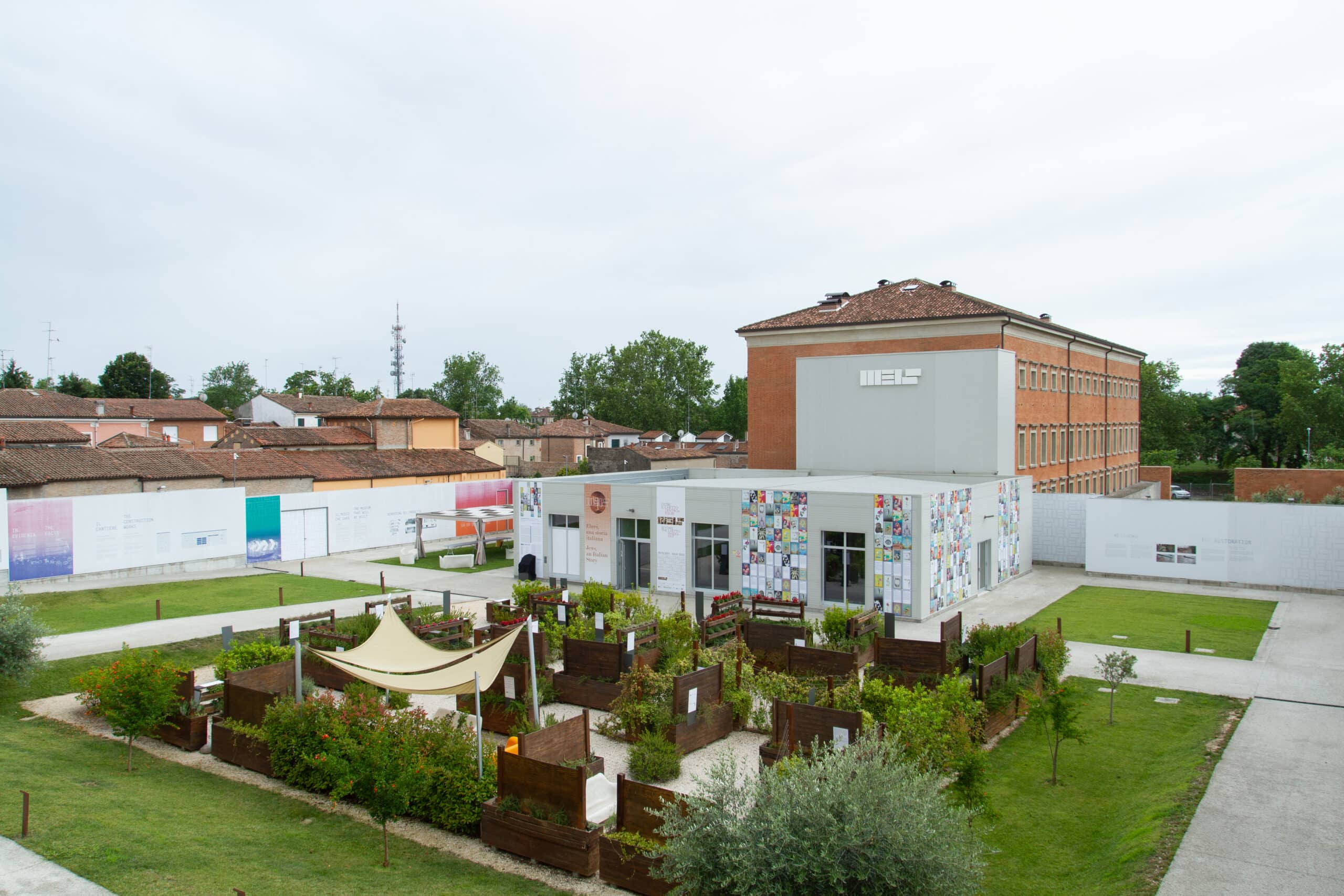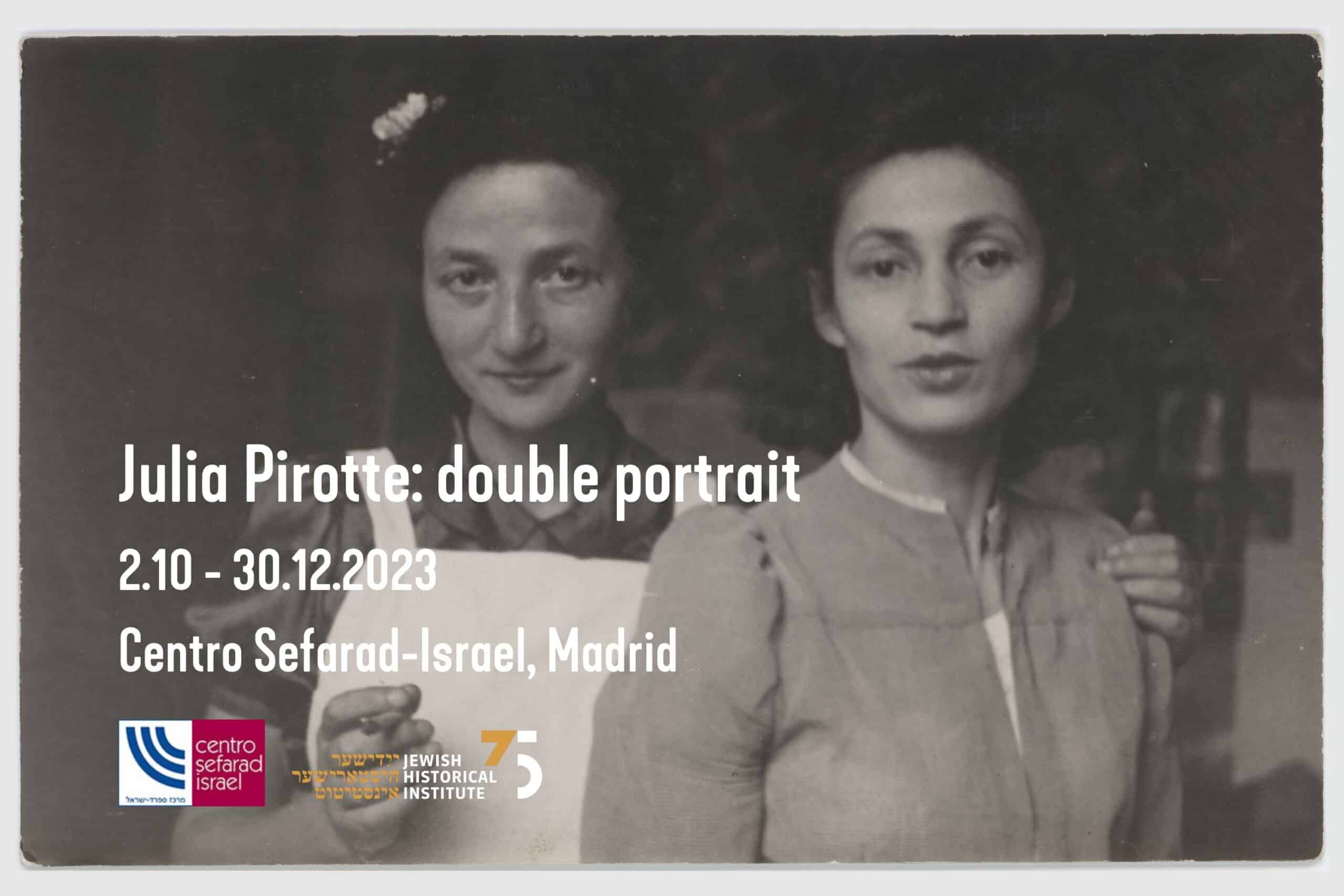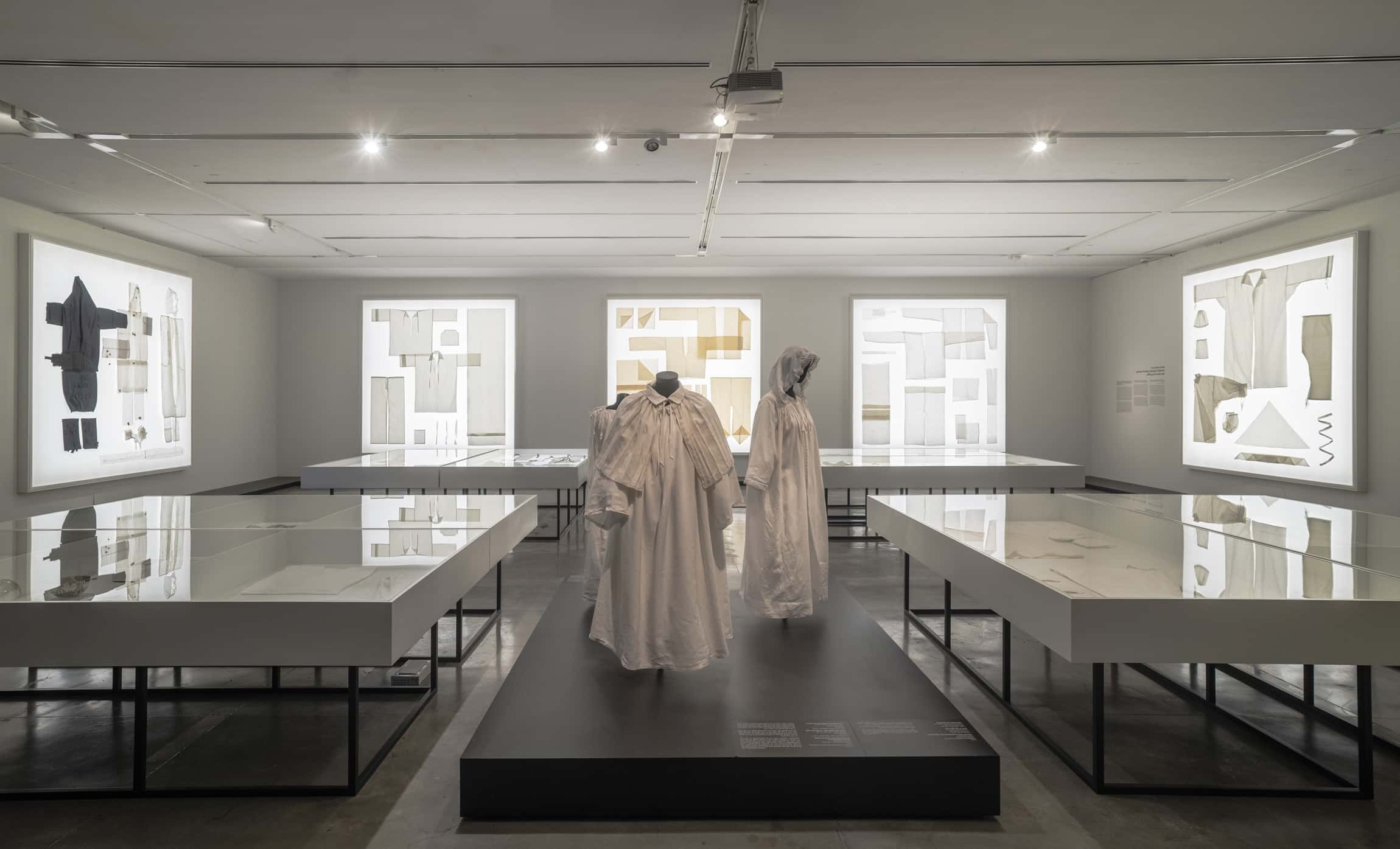David Heinz Gumbel (1906-1992) and Ludwig Yehuda Wolpert (1900-1981) were two of the most influential artists and masters in the field of Modernistic Judaica design in the twentieth century. Both arrived in the Land of Israel from Germany in the mid-1930’s and brought with them the newly developed modern style and way of thought: simple designs and smooth shapes, with a fluency dictated by the material and function of the object.
Gumbel and Wolpert introduced this new style to the Bezalel School of Arts and Crafts, which reopened in 1935. For over five decades, the two created in Israel and abroad, and endowed their students with both the technique and the spirit of Modernistic design. Above all else, they are credited with re-envisioning the entire modern way of creating Jewish ceremonial objects, and carving a historic turning point away from the style of the old Bezalel School and from traditional Judaica design.
Their works also influenced Judaica design abroad. Wolpert went on to head the Tobe Pascher Workshop for Modern Judaica at the Jewish Museum in New York. His work quickly gained fame, and soon synagogues all across the United States boasted Modern Judaica Torah-arks, menorahs, railings, and ritual objects of Wolpert’s design.
The exhibition traces the roots of their style in German modern design, and illustrates the evolution of the style in their works, which eventually led to a unique Modern-Jewish-Israeli style. Gumbel and Wolpert’s shared vision of Modernist Judaica design lives on yet today in their students, many of whom are today’s greatest silversmiths.
Practical info:
For more information contact IMJ curator Sharon Weiser-Ferguson
 Exhibition
Exhibition



